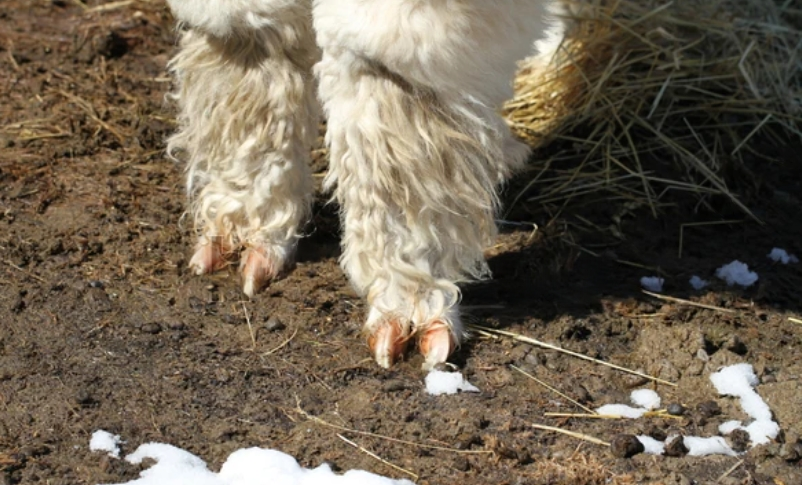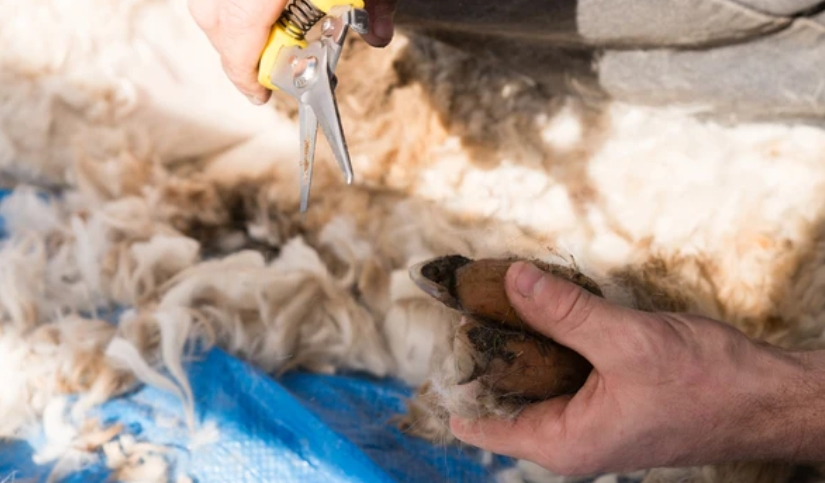Alpacas, with their gentle demeanor and luxurious fiber, have become increasingly popular among hobby farmers and fiber enthusiasts alike. These fascinating creatures require regular care and maintenance to ensure their health and well-being. One important aspect of alpaca care is trimming their toenails.
In this article, we will explore the frequency at which you should trim an alpaca’s toenails and provide some helpful tips for a successful trimming experience.
Understanding Alpaca Toenail Growth

Before delving into the frequency of trimming, it’s essential to understand how alpaca toenails grow. Alpaca toenails, like those of many other animals, are made of durable protein keratin and grow continuously. In their natural habitat, alpacas would wear down their nails naturally as they roam and graze on various rocky and rough terrains. However, when kept in predominantly soft, grassy pastures, their nails may not receive enough natural wear and can require regular trimming to prevent overgrowth and related complications.
Factors Affecting Trimming Frequency
The frequency of alpaca toenail trimming can vary depending on several factors, including the animal’s age, diet, activity level, and living conditions. Let’s examine these factors in more detail:
- Age: Alpacas in their prime ages tend to grow toenails faster than those of crias or older alpacas. Therefore, they may require more frequent trimming. As alpacas mature into older age, their nail growth rate typically slows down a bit, but will still require monitoring.
- Diet: A well-balanced diet that includes a variety of forage and supplements can contribute to healthier nail growth. Proper nutrition supports overall body health, so when an alpaca is thriving, it may require more frequent foot care.
- Activity Level: Alpacas that have access to larger grazing areas, rocky/rough areas to roam, or engage in frequent exercise can tend to naturally wear down their nails more effectively. Consider providing ample space and encouraging movement to aid in the natural wear of their nails.
- Living Conditions: Alpacas kept exclusively on soft or muddy ground may experience less natural wear on their nails. In such cases, more regular trimming may be necessary to maintain optimal nail length.
Recommended Trimming Frequency
While individual alpacas may have unique needs, a general guideline for trimming alpaca toenails is every 2-4 months. Regularly inspecting the nails can help determine if trimming is necessary sooner or if the interval can be extended. It’s best to monitor each alpaca’s nails and adjust the trimming schedule accordingly.

Trimming Alpaca Toenails
Tips for Success
Trimming an alpaca’s toenails can be a challenging task, especially if the alpaca is not accustomed to regular handling. Here are some tips to ensure a successful trimming session:
- Preparation: Familiarize your alpaca with gentle handling and regular hoof inspections from a young age. This will help them become more comfortable with the trimming process.
- Tools: Use appropriate tools, such as sharp and clean hoof trimmers that are appropriate for alpacas – we recommend these. Dull or dirty tools will not cut as well and may lead to injuries or undesired results.
- Safety First: Ensure your alpaca is safely secured. We recommend making it a two-person job, with one person controlling the neck and holding the alpaca still while the other gently lifts the foot to trim the nails. Alternatively, you can place the alpaca securely in a chute or other suitable restraint system to minimize the risk of accidents. It may be helpful to have an experienced handler assist you during the initial trimming sessions.
- Technique: Ideally, you want to trim the nail nearly even with the plain of the pad. Take care not to trim too close, as it can cause bleeding and pain. Trim a small portion at a time, gradually working towards the desired length.
- Post-Trimming Care: If you accidentally cut a little too much and get some bleeding, don’t sweat it too much. Alpacas rarely get infections from toenail bleeds, and the pressure from walking around once you set them loose is usually enough to stop the bleeding. Many caretakers opt to have some blood-stop powder on hand just to ease their minds, though.
Conclusion
Regular toenail trimming is an essential aspect of alpaca care to ensure their comfort and prevent complications associated with overgrown nails. By understanding the factors influencing nail growth and following a recommended trimming frequency, alpaca owners can maintain optimal foot health. With patience, confidence, and proper tools, alpaca toenail trimming can become a routine task that contributes to the overall well-being of these precious creatures.
